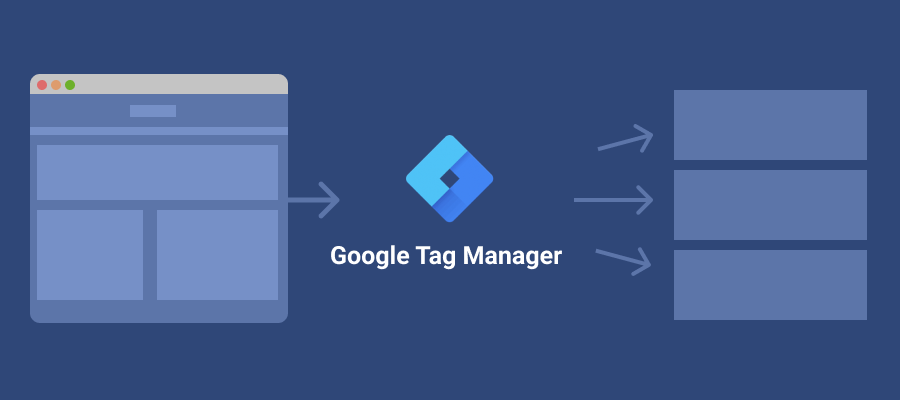
Tag manager install#
If Google Analytics is your only tracking tool, it makes perfect sense to install the code directly onto your website. While many marketers install Google Analytics through Google Tag Manager, you can also install Google Analytics directly onto your site. Well, first of all, they’re both Google products, and they’re both free!īut the confusion really lies in the implementation of Google Analytics. So where does the confusion actually come from? Google Tag Manager sends the data from your website to Google Analytics (or other tools) in the form of Tags. In other words, Google Analytics collects, stores, and analyzes data. Google Analytics is the tracking tool, while Google Tag Manager is the mediator between your website and the tracking tool. Why Do Marketers Confuse Google Analytics and Google Tag Manager?
Tag manager how to#
🚨 Note: If you haven’t installed it already, we have a detailed guide on How to install Google Tag Manager. In short, Google Tag Manager allows you to manage all of these tracking tools through one single, convenient, and user-friendly interface. Setting up a remarketing campaign in Google Ads will help you turn your leads into conversions.Īnd the Twitter Universal Website Tag provides Twitter conversion tracking and Twitter retargeting conveniently through one Tag. The LinkedIn Insight Tag helps you track your conversions, website demographics, and retargeting for your LinkedIn ad campaigns. Installing Google Analytics, which is a web analytics service, will provide statistics and basic analytical tools for marketing purposes and for the search engine optimization (SEO).įacebook Pixe l tracking will help you optimize your Facebook Ads campaigns and analyze your audience data. There are several Tags that you may want to install through the Google Tag Manager (for which we have tutorials that guide you through the process). This single script replaces the multiple snippets that you would install individually for each tracking tool (like Google Analytics).įrom there you use Google Tag Manager’s interface to easily add or remove other Google tools or third-party Tags-without messing with the site’s code over and over again. You get one central JavaScript snippet from Google Tag Manager and install that on all your pages. Google Tag Manager, on the other hand, is a Tag management system (TMS). Check out our list of the four biggest changes between Universal Analytics and Google Analytics 4. 🚨 Note: Google Analytics has a couple of different versions available right now. This helps us make strategic business decisions based on these newfound insights.

We can analyze, segment, filter, and move this data around giving us unique insights into our site and app users. Once all this data is ready, we as marketers are able to view it through a polished user interface. You’ll start by installing a little bit of tracking code onto your website or app, which will then measure user data, and transfer it over to the Google Analytics platform. It will gather user data like pageviews and sessions, which you can analyze later in the Google Analytics interface. Checking 'Tag Coverage' on GTM also says the pages aren't connected.Google Analytics is a tracking tool that you can install on your website or mobile app. Previewing the Vercel URL from GTM does say its connected and I can view that in real time in GA when going this way, but if I go to the address directly it's not logging it. It seems to work on localhost and checking both in real time Vercel doesn't register a view but localhost does. Played around a bit yesterday expecting to see some today but nothing. However, in spite of all of this I can't see any data in Google Analytics.

Set up the tags required in GTM and published it.I have added the iframe to _document.js.I have set up the GTM measurement ID as a public variable in env.local (and reflected this in Vercel).GTM has a GA4 Configuration Tag with the measurement ID from GA.I am trying to use Google Tag Manager to collect event data (including page view) but it isn't feeding through to Google Analytics once its deployed to Vercel.


 0 kommentar(er)
0 kommentar(er)
